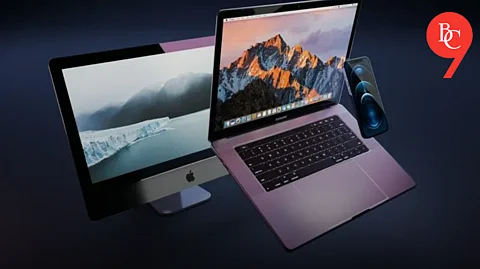

Apple is renowned not just for its sleek devices and cutting-edge technology, but for its uncanny ability to reshape how the world interacts with technology. Time and again, Apple has introduced features and design changes that initially spark discomfort, confusion, or even outrage—only for those very changes to become industry standards and daily habits for millions. In 2025, this strategy remains at the heart of Apple’s innovation engine, fueling both its dominance and its mystique.
Apple’s approach is rooted in a deep understanding of human psychology and behavioral science. The company knows that breaking old habits is uncomfortable but also that discomfort is the first step toward lasting change. By intentionally introducing friction, Apple nudges users to adapt, learn, and ultimately embrace new behaviors.
The Removal of the Headphone Jack: When Apple eliminated the headphone jack from the iPhone 7 in 2016, critics and users alike decried the move as inconvenient and unnecessary. Yet, within a few years, wireless earbuds became ubiquitous, and the industry followed suit.
The Home Button’s Disappearance: The transition to Face ID and gesture-based navigation on the iPhone X was met with skepticism and resistance. Today, swiping and facial recognition are second nature for millions.
USB-C and Charging Ports: Apple’s decision to standardize USB-C and phase out proprietary connectors required users to invest in new accessories, but it paved the way for universal charging and faster data transfer.
Apple doesn’t shy away from making unpopular decisions if it believes they serve a greater vision. The company’s leadership is willing to weather short-term backlash, confident that users will adapt and eventually appreciate the benefits.
By ensuring that new features work flawlessly across all Apple devices, the company softens the impact of change. Users quickly realize that adapting to one new habit unlocks convenience and synergy throughout the ecosystem.
Apple invests heavily in intuitive onboarding experiences, in-store tutorials, and step-by-step guides. This reduces anxiety and accelerates the transition from discomfort to mastery.
Even when changes are disruptive, Apple’s focus on aesthetics, tactile feedback, and user satisfaction ensures that new habits feel rewarding. The company’s attention to detail turns learning curves into moments of delight.
This strategy has yielded extraordinary results. Apple’s willingness to challenge norms has set industry trends, driven mass adoption of new technologies, and fostered a fiercely loyal customer base. What begins as discomfort whether it’s a missing button, a new port, or a redesigned interface soon becomes a habit that users can’t imagine living without.
As Apple continues to push boundaries in AI, wearables, and spatial computing, expect more bold moves that challenge the status quo. If history is any guide, today’s discomfort will be tomorrow’s habit and Apple will be leading the way.
